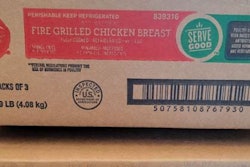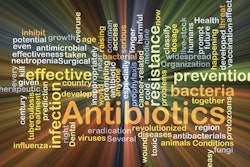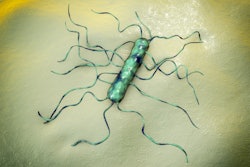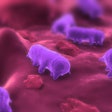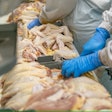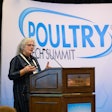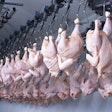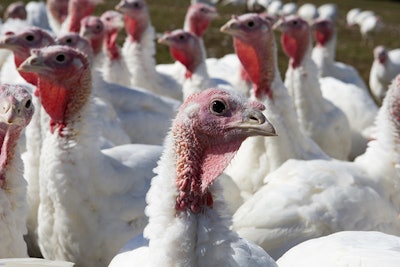
Researchers at Kansas State University will explore ways to predict Salmonella contamination in turkey flocks at pre-harvest in a new study funded by the United States Department of Agriculture (USDA) National Institute of Food and Agriculture (NIFA).
“Presence testing has been really helpful in reducing Salmonella contamination from a production side, but we’re not necessarily seeing those reductions in public health data,” said Jessie Vipham, an assistant professor in the Kansas State University’s Department of Animal Sciences and Industry.
“Hopefully through evaluating the quantity of Salmonella throughout a production chain that we can start moving some of those numbers as well.”
Salmonella is gram-negative anaerobic bacterium that is responsible for approximately 1.35 million illnesses, 26,500 hospitalizations and 420 deaths in the U.S. each year, according to data from the Centers for Disease Control and Prevention (CDC). The bacteria has become increasingly multi-drug resistant, making it more difficult to treat.
Finding a better approach to reduce Salmonella contamination in chickens and turkeys before they are sent to the slaughterhouse is key to controlling the food-borne pathogen, the USDA Food Safety and Inspection Service (FSIS) announced in 2021.
At the same time, the agency set of a goal of a 25% reduction in Salmonella illnesses over this decade as part of the new Healthy People 2030 initiative.
Identifying pre-harvest Salmonella control points
The ability to identify Salmonella at the flock level gives the poultry industry an opportunity to make decisions before reaching the final stage of production, Vipham explained.
Vipham plans to collect samples from a commercial turkey facility throughout the value chain – from pre-harvest to processing chain. Using a rapid PCR quantification method, they hope to identify points in the process that can serve as a strong predictor of Salmonella contamination in final product.
“We really do think that we will be able to identify a sample that makes a lot of sense for the turkey industry,” she added. “We also think that our data will demonstrate that quantification is a productive method for safeguarding public health.
The three-year research project will be conducted in partnership with Cargill.

